MOD’s holistic design for this new boutique hotel boldly adapts a collection of quasi-historic vernacular-style buildings.

Pink Rabbit
March 23rd, 2018
Adaptive reuse projects always come with their share of quirks and intrigue. This was certainly the case with Ministry of Design’s (MOD’s) work on the 80-room VUE Hotel Houhai in Beijing – a new boutique establishment occupying a series of quasi-historic buildings from the 1950s.
The structures, explains MOD’s Founder-Director Colin Seah, display a variety of architectural styles within the Chinese vernacular. “The different buildings span a range of ornamentation from highly decorative roof eaves, characterful gargoyles, sculptured balconies and latticed window frames, to pared-back jack roofs and plain brick work wall finishes. Our design approach was to unify this diverse collection through colour and landscaping,” he says.
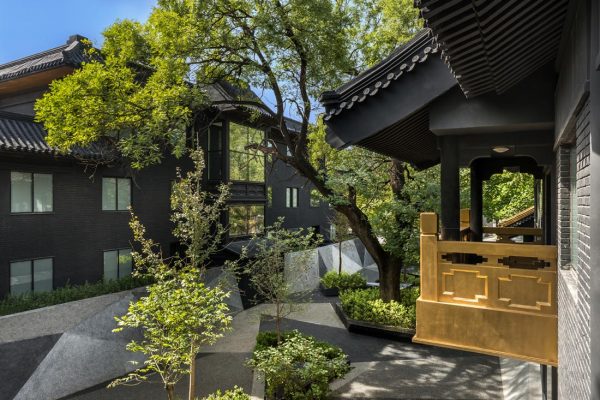
He refers to the transformation as an artistic one. A coat of dark charcoal grey paint was applied to all the buildings, with key architectural details highlighted in a gold patina as a form of ‘cataloguing’. “As guests explore the compound, the ‘catalogue’ of details gradually brings into focus the distinction between the historical versus the contemporary – a subtle juxtaposition that highlights the rich tension arising from any adaptive reuse design,” says Seah.
The project recently won the ‘Landscaping & Outdoor Spaces’ category at the AHEAD Asia 2018 hotel awards. The jury admired how the design harnesses the negative space between each building, tying the compound into a single holistic experience. MOD’s intent was to treat these in-between spaces graphically with an ‘ice-ray’ lattice pattern inspired by traditional Chinese screens. Hardscaped floors and passageways were treated three-dimensionally, becoming private balconies or garden enclosures.
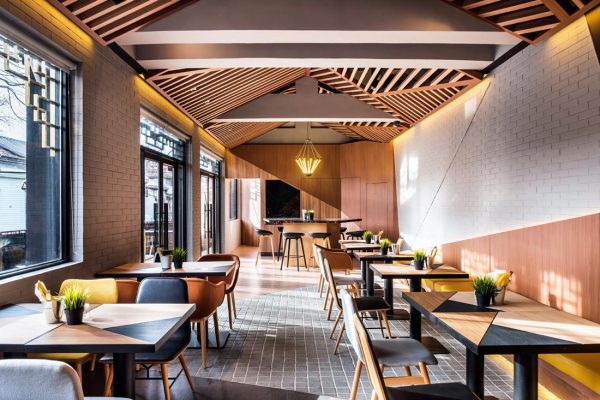
FAB Cafe
The VUE brand is underpinned by four pillars: encouraging socialising; transcending culture; being delightful and whimsical; and being relaxed and inviting. MOD’s design ticks the boxes, especially through the venue’s multiple F&B spaces. One of the main social hubs of the hotel is the FAB café and bakery, which faces the bussing main road and draws from characteristics of the street front via materials and colour accents. At the more intimate reception, VUE’s signature colour scheme and dramatic spatial design themes are introduced in a more direct manner.

Moon Bar
The hotel sits on the edge of Houhai lake (which is lined with bars and cafes) and beside a public park and historic hutong houses that are still occupied. Its main restaurant therefore had to stand out. Named Pink Rabbit, it is identified by a pair of gigantic pink wireframe rabbit sculptures on its roof. The wireframe theme continues inside with exposed metal and wood trusses and an open display kitchen. The rooftop Moon Bar unfolds views of the lake and park.
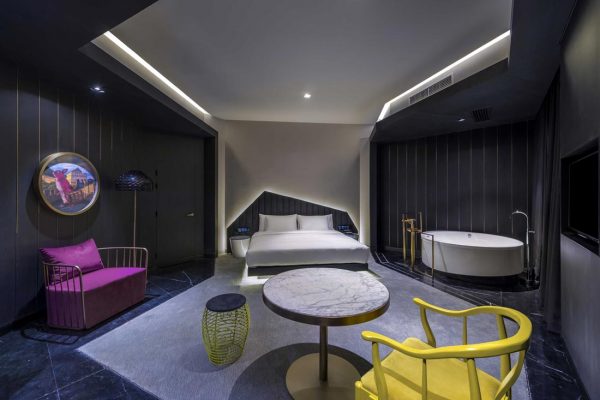
The guest rooms were designed, in Seah’s words, to “balance an unapologetically contemporary design approach with locally inspired culture and imagery.” Colours, tones and materials splice the spaces. Art installations appear within every room to continue the narrative around local culture. Rabbits and other “friendly animals” that reside around the lake were given human personas and a sense of touristic curiosity.
MOD’s extensive work on the project spanned brand strategy, architectural additions, landscape, interior, signage, collaterals, art, product and furniture design, and art direction for the uniform and website. VUE represents, says Seah, a new wave of brands offering locally rooted boutique hospitality experiences that is now finding roots in China. The property is the first Design Hotels member in Beijing.
Photography: Edward Hendricks (CI&A Photography)
INDESIGN is on instagram
Follow @indesignlive
A searchable and comprehensive guide for specifying leading products and their suppliers
Keep up to date with the latest and greatest from our industry BFF's!

For Aidan Mawhinney, the secret ingredient to Living Edge’s success “comes down to people, product and place.” As the brand celebrates a significant 25-year milestone, it’s that commitment to authentic, sustainable design – and the people behind it all – that continues to anchor its legacy.

Gaggenau’s understated appliance fuses a carefully calibrated aesthetic of deliberate subtraction with an intuitive dynamism of culinary fluidity, unveiling a delightfully unrestricted spectrum of high-performing creativity.
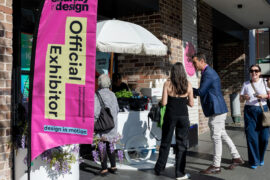
Collingwood is one of three precincts at Saturday Indesign 2025 on 6th September – find out what’s on there!

The CBD and South Melbourne Precinct promises a day of design experiences that balance movement, wellbeing, innovation and hospitality.
The internet never sleeps! Here's the stuff you might have missed
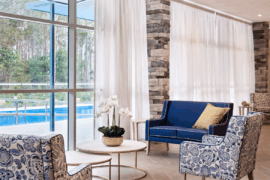
Inspired by an unthinkable design challenge on Sydney Harbour, Materialised’s ingenuity didn’t just fuse acoustic performance with transparent finesse – it forever reimagined commercial curtain textiles by making the impossible possible.
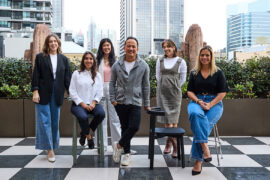
To mark a full year of Bradhly Le’s young studio, the team at RIZEN Atelier share their impressions and inspirations so far.